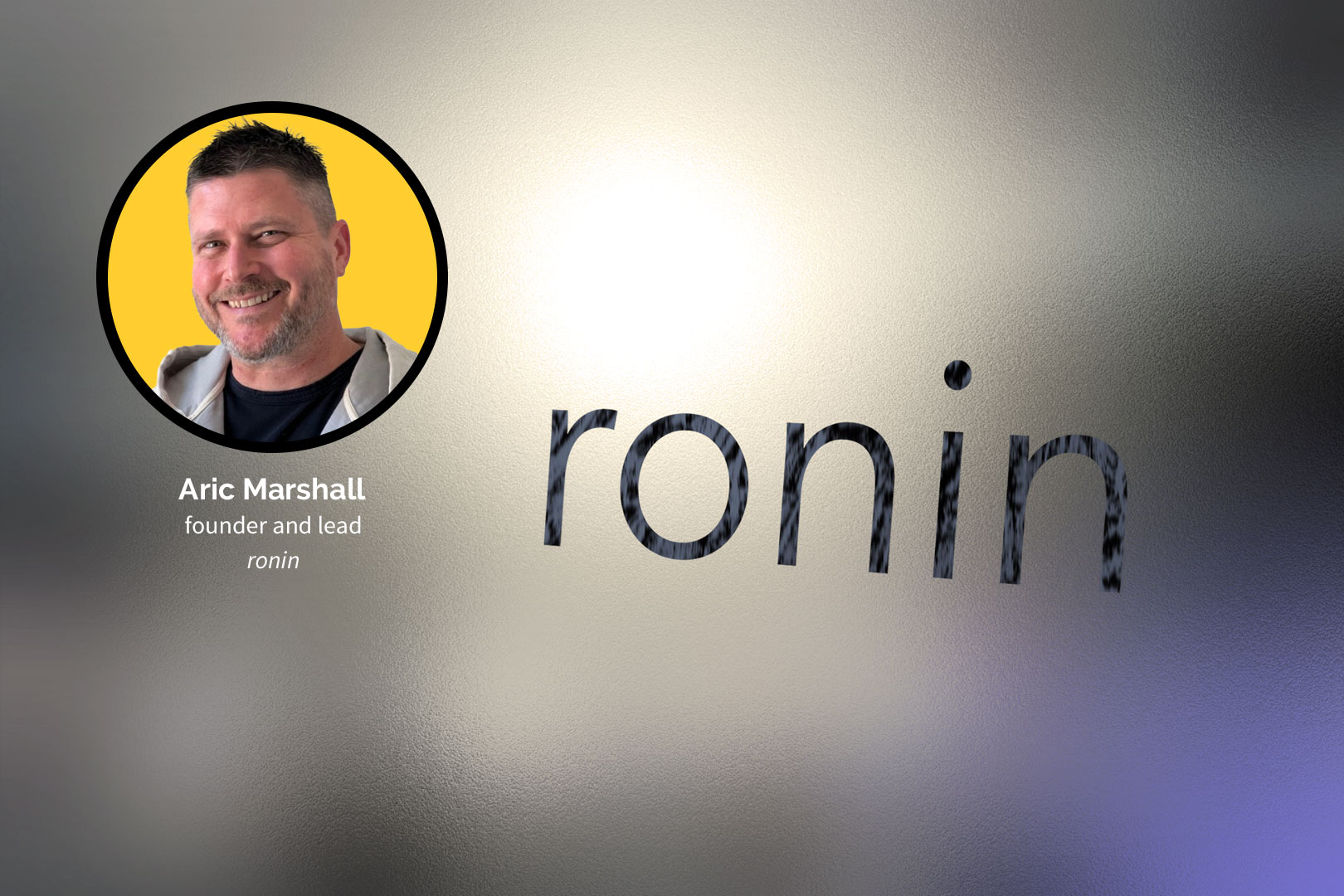CAPE’s Super-power Guides Investor Expectations
Its Kryptonite is Acrophobia…
PART 3 of 3 – Current Market Valuation
By: Will Martin, CFA
Senior Managing Director & Investment Strategist at Three Bell Capital
Hand me my CAPE, Lois…it is time to help serious investors build reliable expectations!
- In Part 1, we learned why the CAPE (Cyclically Adjusted Price – Earnings) model is our preferred valuation methodology.
- In Part 2, we discussed elements of the economy that provide context to those CAPE numbers, such as Growth Adjusting our model and making allowances for low interest rates.
- In Part 3, we now tie it all together and draw on some specific historical examples to inform our current expectations for the market’s future available returns…all given today’s environment.
Why does CAPE matter? It matters because returns vary greatly over time depending on the market’s valuation at the time of purchase. Just like buying a house in the volatile Bay Area real estate market, the price you pay has a large influence on your long-term return. Here, we quantify the relationship between the price paid for future earnings (valuation) and stock market returns.
“No magic tricks or super-hero stunts will be performed here, but we do still need our CAPE…”
Time to Find My CAPE…
No magic tricks or super-hero stunts will be performed here, but we do still need our CAPE (the Shiller CAPE Ratio—our preferred measure of valuation for this analysis). Before we get started, I want to caution that CAPE is NOT a market-timing tool that tells us when the market is about to go up or down. In fact, valuation measures are notorious for being too fickle for meaningful insight into the market’s direction. Markets often go to extremes, and we never know the exact moment when the pendulum will shift direction. As such, valuation is rarely, if ever, a catalyst on its own for a sell-off. Nevertheless, how much we pay for earnings (CAPE) can help us estimate market return expectations looking forward. Keep in mind, a higher CAPE ratio implies greater downside risk and lower upside return potential, whereas, a lower CAPE ratio implies the opposite—the potential for less downside and more upside.
“…the price of the stock market’s earnings has been higher only 3% of the time since 1890.”
Where Are We Now?
The current Shiller CAPE level is at 30, which can be seen in the chart above, while the below graph puts context around that number. For 97% of the historical data going back to 1890, investors have assigned the market a lower valuation than today’s level. Put another way, the price of the stock market’s earnings has been higher only 3% of the time since 1890.
According to the historical record, US stocks have only been more expensive during the two most notorious bubbles: briefly in 1929 and between 1997 and 2001. Both were followed by huge crashes.
“The market’s current CAPE reading of 30 means the stock-market’s CAPE-based expected return would be a measly 1% per year above inflation for each of the next 10 years. “
In the following chart, we break out market returns (y-axis) starting from different CAPE ratios. From left to right, we see that investors who bought the market when the CAPE ratio was less than 10 (buying on the cheap in the early 1980s, for example) were rewarded with very strong annual returns for the next ten years. This is the sweet spot for generating long-term wealth.
At higher CAPE ratios, long-term returns tend to dwindle very rapidly, and an investor would have been better off taking less risk by buying bonds instead of stocks. The market’s current CAPE reading of 30 means the stock-market’s CAPE-based expected return would be a measly 1% per year above inflation for each of the next 10 years.
Different Perspectives, Same Conclusion
Another way to look at the data is to analyze the total returns that were available to investors with different time horizons who invested their money at different CAPE levels throughout history. Here again, the short and long-term returns are strongly influenced by the price paid (CAPE ratio).
“As a result, investors have tended to trail every single traditional asset class, and even trail inflation over time, which is the exact opposite of why you invest—to beat inflation and generate real wealth.”
Ignorance is Not Bliss
Apologies for the lack of subtlety, but there is nothing more important than aligning investor expectations with reasonable market expectations, based on history. Past returns are no guarantee of future results, but the point remains—when we buy stocks at high valuations, the odds are stacked against us for achieving strong returns.
When economic reality can’t meet investor expectations, investment strategies and financial plans tend to break down. If you expected 10% returns as far as the eye could see, and you got 2% instead, human nature begs you to do something different. Dashed expectations can have extremely harsh consequences for building wealth through financial planning.
The chart below highlights why it’s so important to stick to your plan. Most people have emotions, last we checked, and those emotions push people to sell at lows when the sky feels like it’s falling and to buy at highs when it feels like everything is awesome.
As a result, investors have tended to trail every single traditional asset class, and even trail inflation over time, which is the exact opposite of why you invest—to beat inflation and generate real wealth.
Know Thyself
When investors reach for more return than their internal risk tolerance can stomach, the clash between expectations and reality tends to cause problems for financial planning. Investors often take more risk than they realize, and when markets fall, they tend to sell at the wrong time, and then get back in at the wrong time after markets have already risen. The best plan is to have a diversified portfolio that meets your time horizon, your goals and your risk tolerance, so you can weather the storms and stay on track through your entire financial lifecycle.
We all know that stocks have more risk when prices are high and less risk when prices are low, but we know that on an intellectual level. Unfortunately, when we see prices and valuations fall, we feel that risk on an emotional level, which often triggers the fight or flight response. That is what makes investing so tough—the mind must prevail over heart.
That is exactly why we have analytical frameworks that help us remain objective and disciplined as we enter volatile markets. CAPE is a great starting framework for that exercise. From here, we can add our expectations for the economy that will complete a good portion of our investment playbook.
What to Expect
Reasonable and attainable return expectations are necessary for creating a well-suited financial plan and sticking to it. Adjusting for the current level of valuations (a strong headwind) and the low level of interest rates (a strong tailwind) help us to put a range around these target numbers.
A Rule of Thumb – John Bogle, the Founder of Vanguard Funds and considered the father of index investing, has a long held a general rule for building stock market expectations. Mr. Bogle has shown that stock returns can be broken down into:
Dividend Yield + Earnings Growth + P/E Multiple Expansion OR
4.2% + 4.7% + 0.3% = 9.2% (WOW – that has been really accurate)
If we use todays numbers we get:
2.0% + 4.5% – 0.5% = 6.0% (Ugh – that is really sobering).
Notice that with our current CAPE ratio so high, we can reasonably expect it to contract through time and revert back to the mean of 16.7, hence the (-0.5%) in the equation directly above .
“In this environment, it is easy to see that investors will need to make volatility their friend. They need to re-balance into weakness in hopes of capturing long-term returns that have historically been available through simply diversifying and using a buy-and-hold strategy.“
Lastly, with a target expected return in the stock market of approximately 6%, we can hope for improved productivity to push us up closer to 8%, but need to be aware that almost any rise in interest rates will likely push that number down closer to 4%.
So, our stock market expectations are around 4-8% per annum looking out 10 years with a little higher return possibility overseas. Our bond market expectation is 3-5%, depending on how much credit risk one is willing to accept.
In this environment, it is easy to see that investors will need to make volatility their friend. They need to to re-balance into weakness in hopes of capturing long-term returns that have historically been available through simply diversifying and using a buy-and-hold strategy.
We need to put on our “objectivity” CAPE to gain the necessary superpowers to invest intelligently and without emotion. Up, Up and Away!









